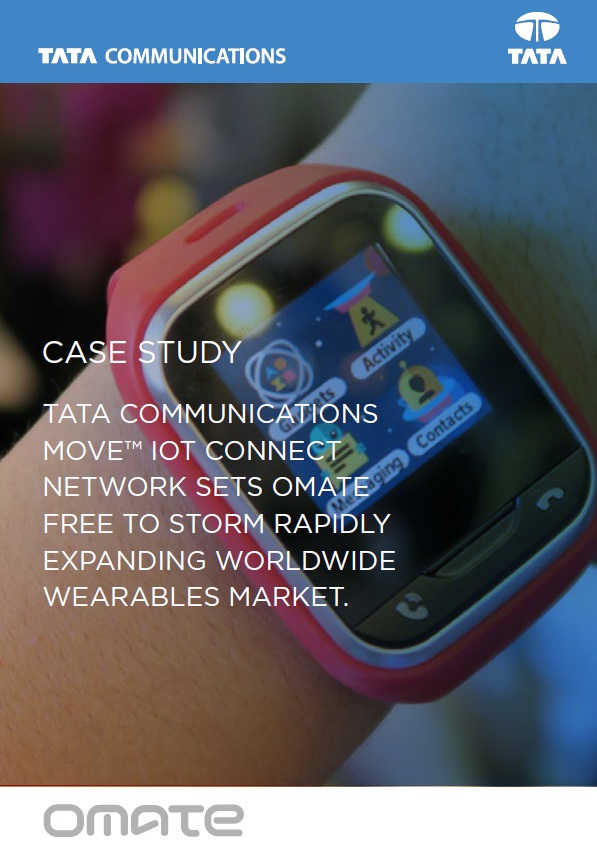Why IoT technology is a force for good
A lot of the focus in IoT has been on either inventing new businesses or creating new opportunities for existing businesses by connecting previously unconnected products. There’s great profit potential in IoT but there are also other considerable benefits for organizations to consider. IoT technology is being deployed in multiple industries and providing benefits to society as a whole and this paper showcases just some of the ways in which IoT is creating a better world.
Aeris’ Intelligent IoT Network Provides Cost-saving Connectivity for Wisepill Global Rollout
The Wisepill electronic pillbox relies on robust IoT connectivity to tackle the challenging problem of medication non-adherence in both developed and developing countries. Wisepill is the first digital adherence technology made available by the Global Drug Facility (GDF), an organization dedicated to increasing global access to quality-assured tuberculosis treatments and diagnostics. Through GDF, 9,000 Wisepill smart medication containers, supported by Aeris’ Intelligent IoT Network, has been made available to persons affected by tuberculosis in Ethiopia, the Philippines, South Africa, Tanzania, and Ukraine. Other high TB burden countries are expected to follow suite.
Intelligent Manufacturing made easy with Microsoft Azure
Digital transformation in manufacturing requires companies to fundamentally alter their business model and operations. This whitepaper provides hands-on guidance on how manufacturers can implement cloud-native industrial solutions on Microsoft Azure. The approach is based on the adoptions of open standards to innovate and connect the dots between manufacturers’ partners’ systems and their own—within the well-proven requirements of the ISA-95 environment.
IoT Signals: a comprehensive IoT research study
Microsoft created the IoT Signals series of reports to give the industry a holistic view of the IoT ecosystem providing insight into adoption rates as well as benefits and challenges. The goal of these reports is to better serve our partners and customers, as well as help business leaders develop their own IoT strategies, and to provide the most up to date research on IoT use across countries and industries.
5G is finally in use across the IoT – should your business make the switch?
Quectel’s latest white paper examines some of 5G’s first enterprise use cases in IoT, across six key verticals – agriculture, automotive, healthcare, manufacturing, media and smart cities – and explores some of the advantages and challenges 5G poses for each. If your organisation is considering a move into 5G for IoT, download your free copy now to discover how these industry pioneers have overcome barriers to adoption to be among the first to draw on 5G’s extraordinary potential.
DZNE German research institute tests Memory-Driven Computing to fight global time bomb of neurodegenerative diseases
As world populations age, the human and economic toll of currently incurable neurodegenerative diseases such as Alzheimer’s grows staggering. DZNE fights these diseases using Big Data analytics, but the limitations of traditional computer systems have been a major bottleneck. Seeking a breakthrough solution, DZNE discovered HPE’s Memory Driven Computing—and saw unprecedented computational speed improvements that hold new promise in the race against Alzheimer’s.
IoT healthcare eases disease management
ForaCare Inc. help patients to manage their medication and scheduling, with voice-guided glucose monitors, Bluetooth testing applications and a sophisticated platform for doctors and patients, combining innovative technologies to complete the cycle of chronic disease management.
Tata Communications MOVE™ IoT Connect Network Sets Omate Free To Storm Rapidly Expanding Worldwide Wearables Market.
Choosing the MOVE™ IoT Connect infrastructure from Tata
Communications has not only given Omate choice over 600+
mobile network operators, but also enabled over-the-air
downloads to the virtual SIMs embedded in its products.
IoT in Healthcare: Three Key Approaches to Transforming Patient Care
IoT is becoming a disruptive factor in the Healthcare industry – a statement that is agreed upon by 73% of healthcare executives12. A market that is expected to grow to €139B by 202213, healthcare IoT provides the technologies needed to automate, enhance, and mobilise legacy medical processes and solutions, truly transforming and improving the ways that patient care is delivered.
Kali Care use advanced and connected technology to revolutionize how we manage illness
Kali Care provides connected medication and advanced data analytics to the health ecosystem, giving more reliable information to healthcare professionals, and giving patients the means to manage their own medication.
Leveraging Next-Gen IoT for Managing Medication and Compliance
HealthBeacon is a medication adherence technology company. that develops smart tools for managing medication. HealthBeacon Injection Care Management System™ is used by patients who self-inject medications at home. It is digitally connected and programmed with personal medication schedules and uses customised reminders to help participants stay on track. HealthBeacon products are designed with patient empowerment being their top priority which has led to 96% of patients accepting HealthBeacon products as part of their treatment.
CASE STUDY: HEALTHCARE Navigating Network Technology Evolutions for Long-Term IoT Success
MobileHelp is the leading provider of Mobile Personal Emergency Response System (mPERS) technology in the United States, with an established reputation for delivering high quality, affordable medical monitoring and location tracking services that enable personal protection and peace-of mind both in and away from home environments. KORE has been the company’s dedicated IoT partner for more than ten years, delivering the complete IoT management capabilities and trusted advisor expertise needed for MobileHelp to achieve transformative business performance with IoT.

















